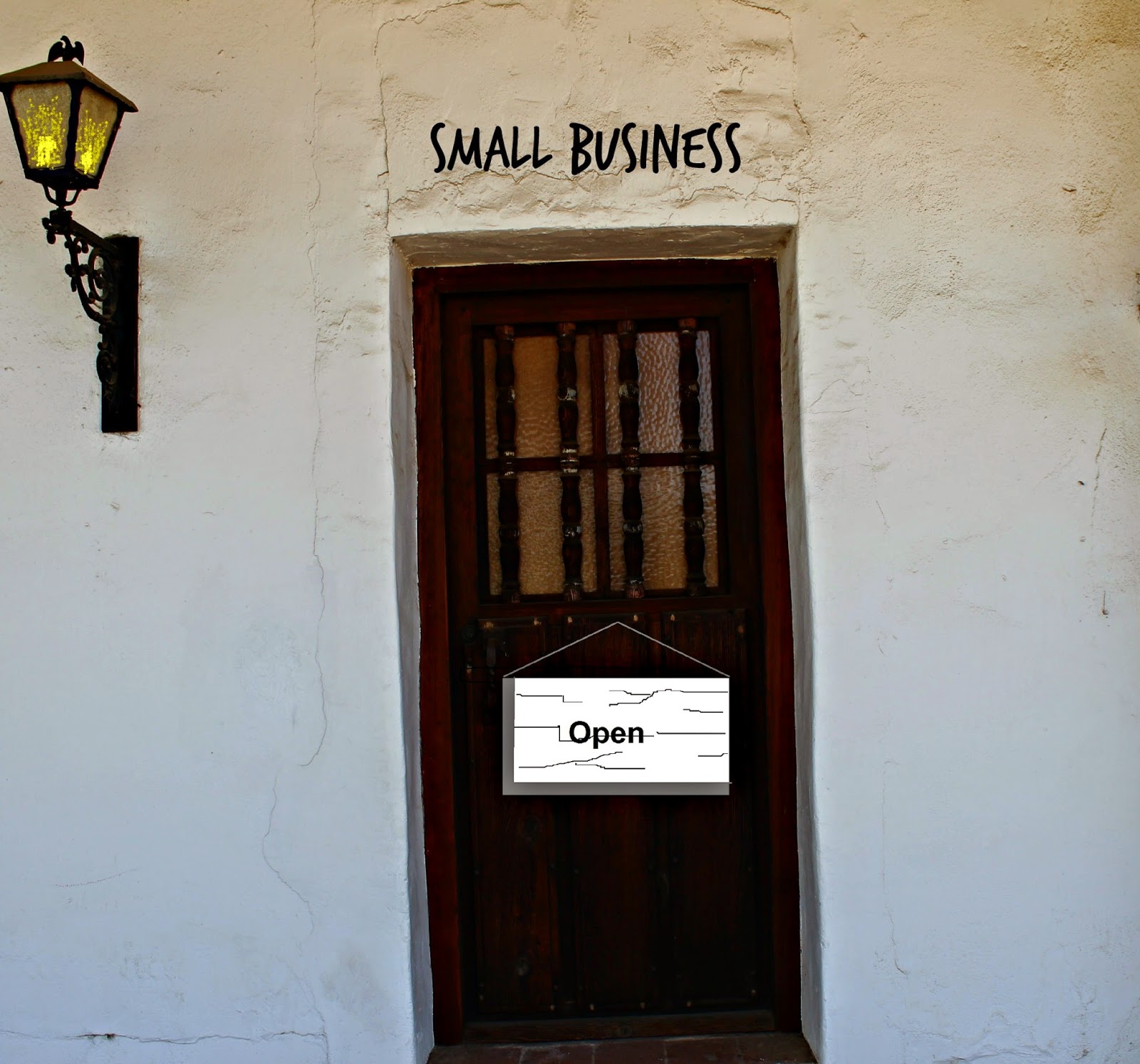Companies don’t always exist
exclusively in the real or virtual world and neither should their marketing
campaigns. Some consumers prefer buying products through physical channels
while others prefer online channels. Companies find themselves managing the
complexity of both broad channels to improve sales. These sales may not be
based in a single marketing channel and may be more associated with the use of
multiple marketing channels working together.
An article in the Journal of
Marketing Research offers greater insight into cross-channel effects on
traditional, online display and paid search advertising. They found that a
single marketing channel cannot account for the total purchase rate of
products/services (Dinner, Van Heerde, & Neslin, 2014).
Consumers may have a particular on
or off line preference for purchasing but regularly use the Internet to search
out and research their chosen items. The totality of both online and offline
purchases is a combination of using different marketing channels and should be
measured as such.
Think about how a consumer processes
information. They see or hear about a product that relates to their self-image
and develop an internal need for that product. If the product has value they
may search out its benefits and detractors online. When a decision has been
made they will either purchase online or from a ground store.
In today’s marketing world it is
important not to evaluate marketing effectiveness in a silo. Even though the
success of each marketing channel should be considered like the success of each
purchasing channel it is still important to consider the total marketing
effectiveness.
Different forms of exposure from
multiple events create the total impression and experience for the consumer.
Sometimes it may take multiple exposures from varying channels to grab their
selective attention and finally make a decision to purchase.
Marketing is more than simply having
customers see images and impressions on a webpage. There is a lot of competition
out there in the cyberspace and the physical world that leads to advertising
overload. A single marketing channel is unlikely to draw significant interest
and improve market position.
To improve upon exposure companies
will often use paid search positions. As consumers search out information on a
product the paid search engine sites come up first. Usually it is the home
company that reaches the top based search algorithms. In many cases there are
multiple companies competing for the top position.
Paid search positions have less
effect than originally thought. No one is sure why this is the case other than
the click-thru rates decrease over time making the marketing method less
effective. Mitigating factors could include the search engines, competition
within specific industries, and the sensitization to these ads.
As the different channels work
together it was found that they push potential customers into certain
purchasing behaviors. Using multiple channels to direct customers to successful
purchasing channels may be beneficial for raising the overall conversion rate.
Channels then become augmentation and support for preferred channels that work
the best.
Dinner, I., Van Heerde, H. &
Neslin, S. (2014). Driving online and offline sales: the cross-channel effects
of traditional, online display, and paid search advertising. Journal of Marketing Research, 51 (5).
